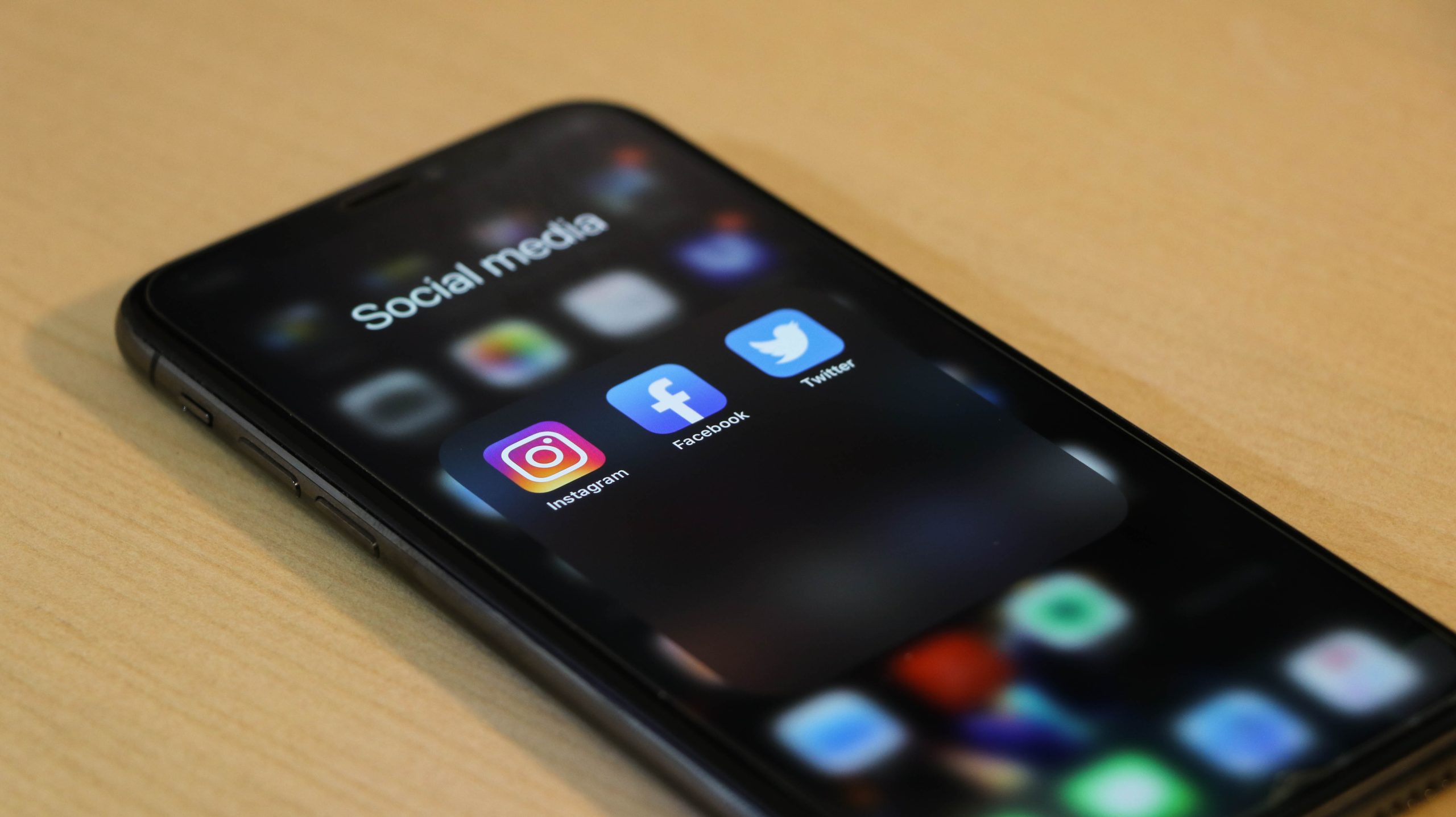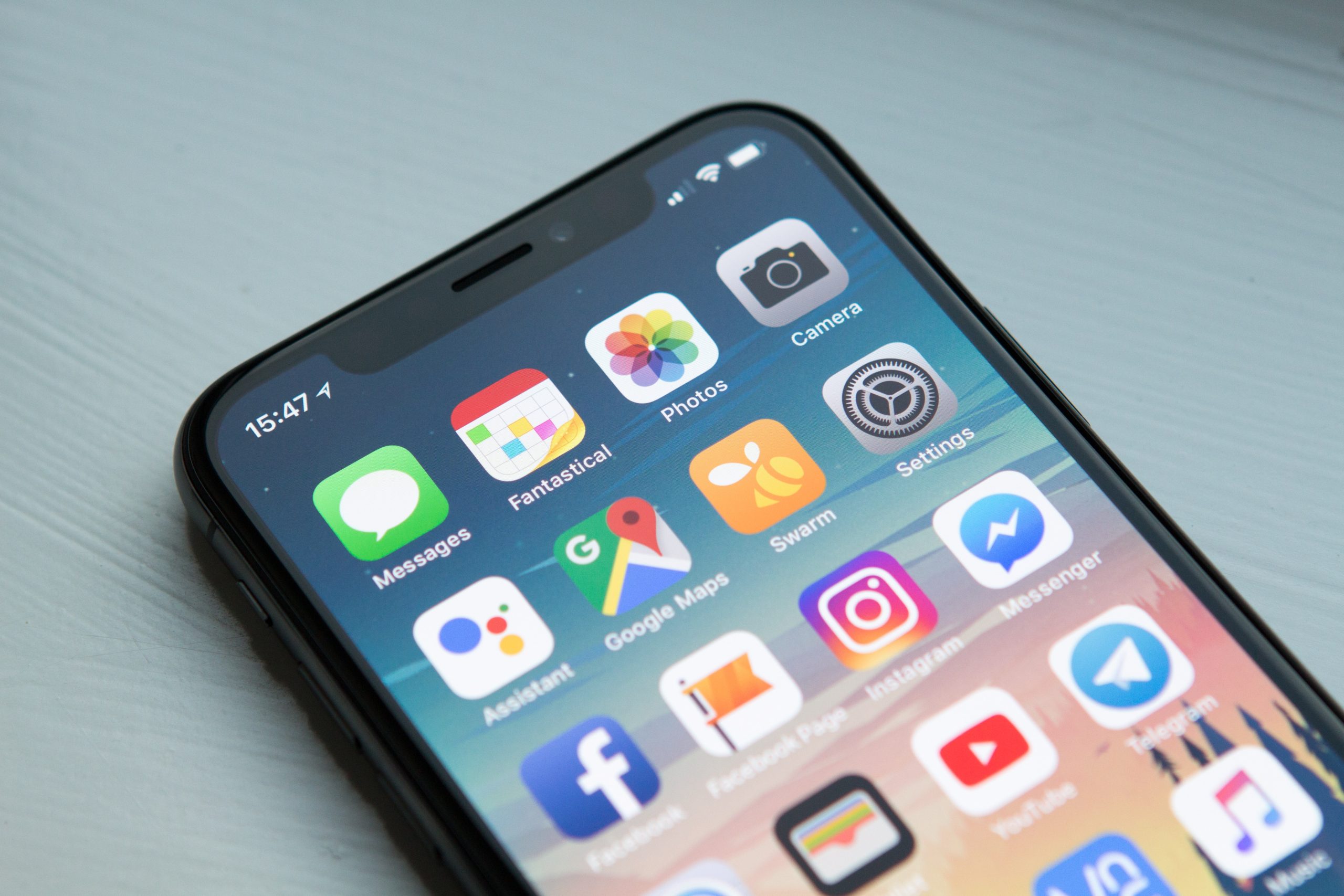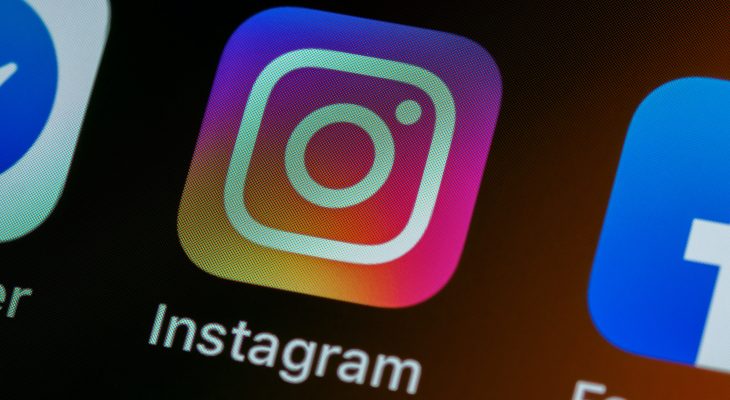In a landmark move that sent ripples across the tech and social media landscapes, Facebook’s acquisition of Instagram in 2012 remains one of the most pivotal moments in digital history. While the $1 billion price tag raised eyebrows at the time, the strategic rationale behind the acquisition has since become increasingly clear. This article aims to delve into the compelling reasons that drove Facebook to acquire Instagram and the synergies that unfolded as a result.

Contents
1. User Base Expansion
– Facebook’s Stagnating Teen User Base: During the early 2010s, Facebook faced a plateau in its growth among younger demographics, particularly teenagers. The platform’s popularity among this group was waning as younger users sought more visually engaging and spontaneous ways to share content.
– Instagram’s Soaring Popularity with Millennials: Instagram, on the other hand, had rapidly become the go-to platform for millennials and younger users. Its focus on visual storytelling through images and short videos resonated with a demographic that was increasingly moving away from text-based updates.
– Strategic User Base Diversification: Facebook’s acquisition of Instagram strategically expanded its user base, allowing the social media giant to tap into a younger and more visually-driven audience, ensuring continued relevance and growth.
2. Mobile Dominance
– Shift towards Mobile Usage: The early 2010s witnessed a monumental shift in user behavior from desktop to mobile. People were increasingly accessing social media on their smartphones, and platforms that failed to adapt risked becoming obsolete.
– Instagram’s Mobile-Centric Approach: Instagram was inherently designed for mobile use, offering a seamless and visually pleasing experience on smaller screens. Facebook recognized the importance of this mobile-centric approach and sought to leverage Instagram’s success in the mobile space.
– Strengthening Mobile Presence: By acquiring Instagram, Facebook solidified its position in the mobile arena, ensuring that it remained a dominant force as users embraced smartphones as their primary devices for social engagement.
3. Visual Content Dominance
– Rise of Visual Storytelling: The digital landscape was evolving from text-heavy content to a more visually-oriented narrative. Users were increasingly drawn to platforms that allowed them to share their stories through compelling images and videos.
– Instagram’s Emphasis on Visual Appeal: Instagram’s success lay in its emphasis on visual appeal and simplicity. The platform encouraged users to tell their stories through captivating visuals, fostering a sense of authenticity and creativity.
– Complementing Facebook’s Features: Facebook, traditionally text-centric, saw Instagram as a valuable addition that complemented its offerings. The acquisition allowed Facebook to diversify its content formats, ensuring that it could cater to the evolving preferences of its user base.

4. Competitive Landscape and Defensive Strategy
– Competition from Emerging Platforms: The social media landscape was becoming increasingly competitive, with emerging platforms threatening to disrupt the dominance of established players.
– Snapchat’s Growing Popularity: Snapchat, in particular, gained traction with its ephemeral content and appealed to the younger demographic that Facebook was struggling to retain.
– Strategic Defense with Instagram: Acquiring Instagram served as a defensive move for Facebook, preventing potential competitors from gaining a foothold in the market. It also allowed Facebook to neutralize the threat posed by Snapchat’s rising popularity.
5. Monetization Opportunities
– Potential Revenue Streams: At the time of the acquisition, Instagram was not a revenue-generating platform. However, Facebook recognized the immense potential for monetization through advertising and sponsored content on a platform with a visually engaged user base.
– Successful Monetization Post-Acquisition: Facebook’s strategic vision became evident as Instagram evolved into a lucrative advertising platform. The integration of sponsored posts, Stories ads, and shopping features transformed Instagram into a revenue-generating powerhouse.
– Diversification of Revenue Sources: The acquisition of Instagram enabled Facebook to diversify its revenue sources beyond its core platform, contributing significantly to its overall financial success.
The acquisition of Instagram by Facebook was a strategic masterstroke that reshaped the social media landscape. Facebook’s foresight in recognizing the shifting tides of user behavior, the importance of mobile-centric platforms, and the rise of visual storytelling positioned the company for sustained success. The synergies between the two platforms not only bolstered Facebook’s user base and mobile presence but also created a diverse ecosystem that continues to thrive in the ever-evolving digital era. The acquisition of Instagram wasn’t just about securing a popular app; it was a strategic investment that fortified Facebook’s position as a leader in the dynamic world of social media.





